Jolyon Palmer: Why most drivers would have loved the late restart in Baku – despite the added stress


When Max Verstappen’s left rear tyre blew it seemed the Azerbaijan Grand Prix would be over, finishing under the inevitable Safety Car.
It was an interesting decision from Red Bull to speak to FIA Race Director Michael Masi about red-flagging the race, particularly as their man Sergio Perez would have won more comfortably otherwise.
READ MORE: 6 Winners and 5 Losers from Azerbaijan – Who shone on the streets of Baku?
Verstappen’s wreckage wouldn’t have been cleared up in time to restart the race in normal conditions, and under Safety Car conditions it is quite unlikely that any more drivers would suffer blowouts, regardless of the reason that Pirelli hope to uncover in their investigations.
Whether it was Red Bull’s radio call to Masi that influenced his decision or not, it meant that Perez had a lot more work to do, to win a race that he had in the bag, as a red flag meant a full standing restart.
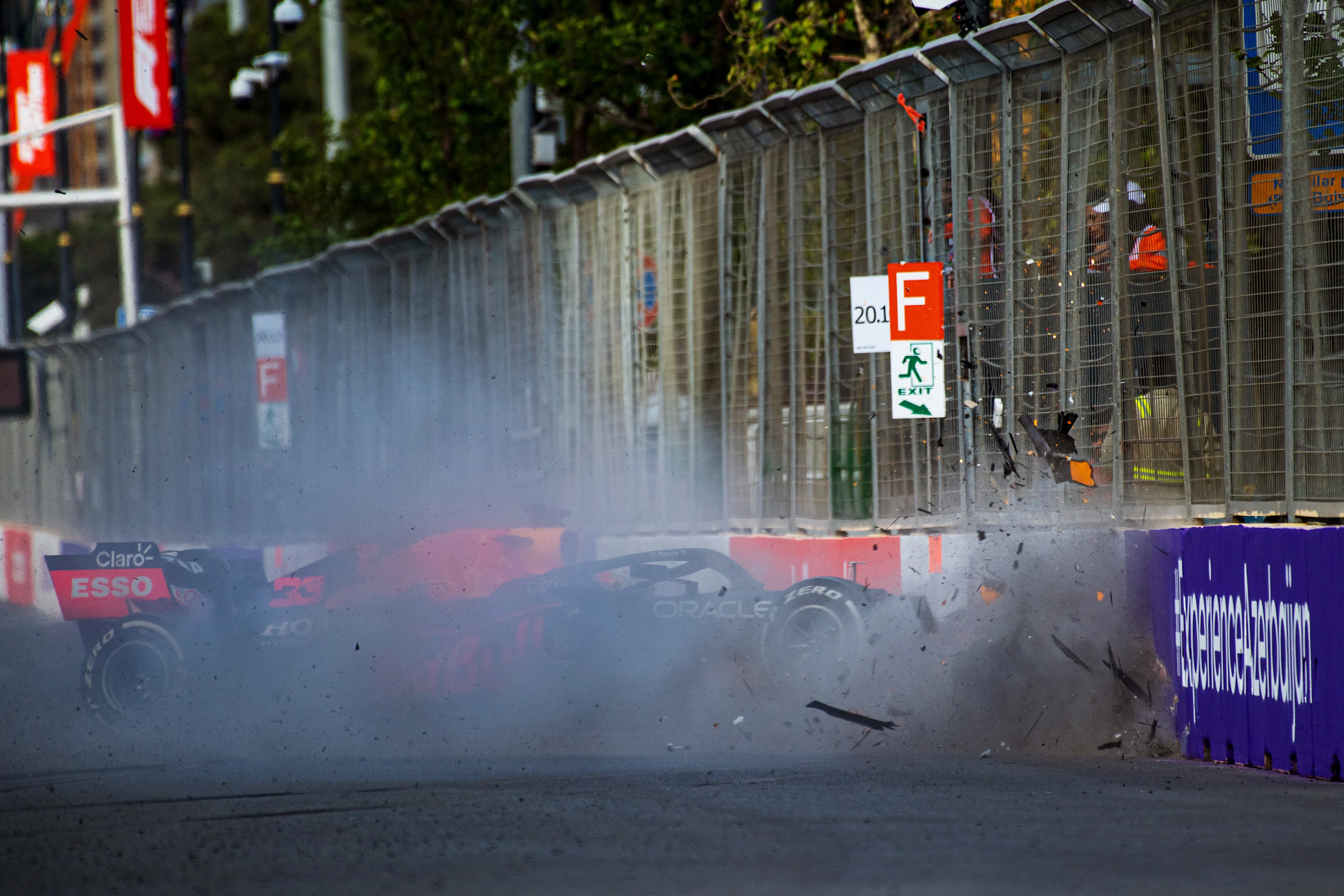
For the drivers, like the fans, the start is the most enjoyable part of a Grand Prix, but also the most intense part of a race. It’s high pressure because you can win or lose many positions with cars all around you, and it’s also therefore the easiest time to run into trouble.
With just two laps left in the race, the start became make or break for everybody, as an entire Grand Prix weekend effectively came down to one race start, and one overtaking opportunity the following lap into Turn 1.
Effectively, the previous 49 laps were just one big qualifying for a two-lap Grand Prix.
Strategy went out of the window, as everybody opted for a set of soft tyres, understandably, as it was all about getting the tyres up to temperature and having grip in the opening moments.
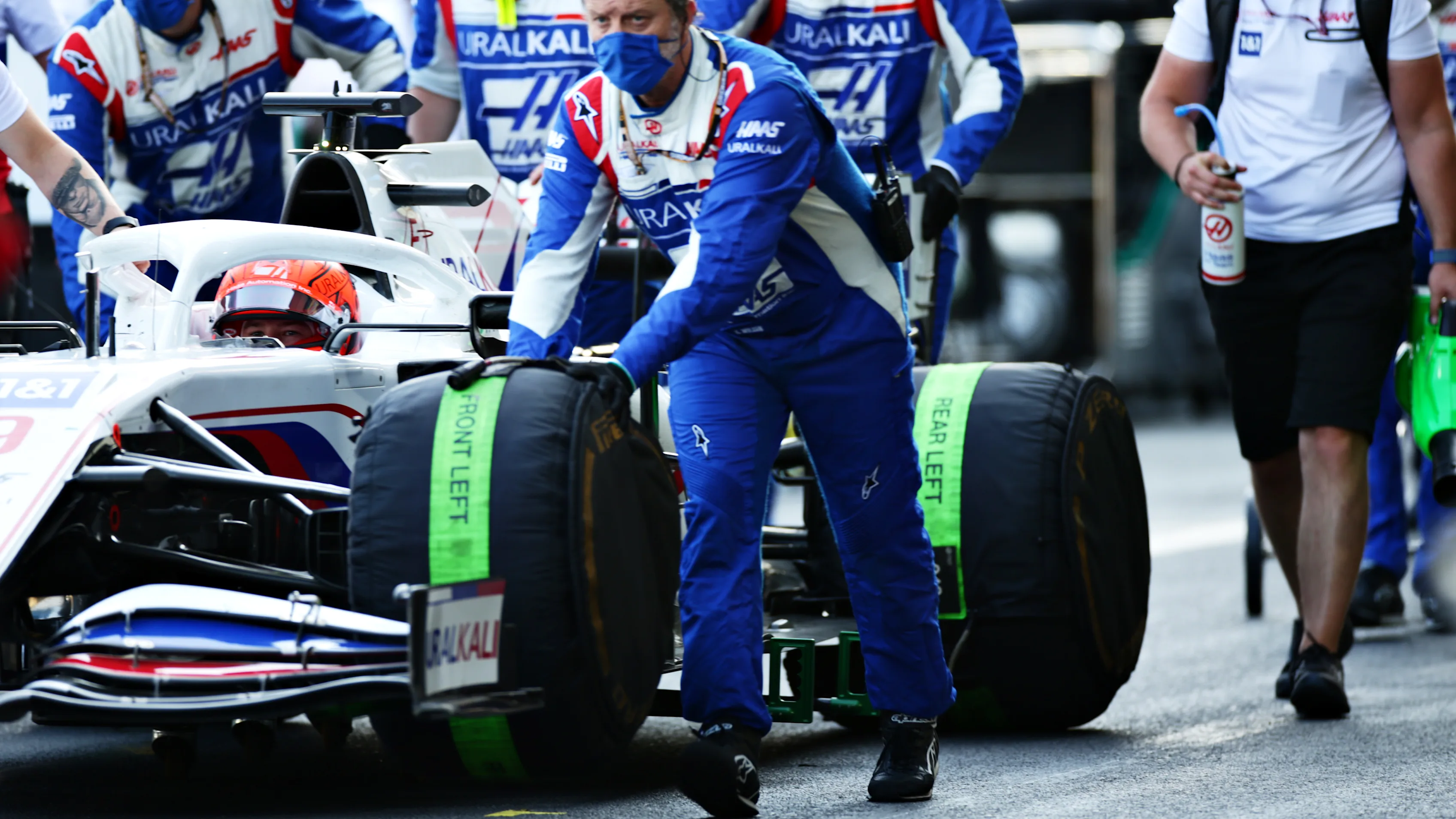
It was getting the tyres up to temperature that was ultimately Lewis Hamilton’s downfall though, and made Red Bull’s request for a red flag better than they could have possibly hoped.
With the use of Mercedes' ‘magic’ setting, Hamilton moved his brake bias massively forwards on the formation lap – from around 60% to around 90% in a bid to put serious temperature though the front brakes and translate it to the tyres, effectively heating them up from the inside. It was evident how hard Hamilton had worked on front brake temperatures by the way they were smoking as the field formed up behind him.
It’s a clever tactic that can be done on out laps and formation laps, and has been done for some time, by many teams. Front tyre warm up is always the most difficult part of starting a flying lap in qualifying or starting a Grand Prix. We’ve seen so many front lock ups at the start of races and this is mainly temperature related.
Both Mercedes drivers, and many others on the grid will have been doing this for a while, but the problem for Hamilton was that having turned it off for the start, he knocked the switch again which turned it back on as the race got underway.
Often for a race start the drivers will move the brake balance slightly rearwards from where they usually have it in race trim, in order to avoid front locking at the easiest time.
Hamilton, by hitting his magic button, ended up braking into Turn 1 with effectively only the front brakes, and hence wasn’t even close to being able to stop the car, and ran straight on and out of the points. Luckily he wasn’t in the middle of the pack otherwise it would have caused a pile-up.
It seems it happened as he was upshifting with his right hand, and having to steer the car to the left at the same time to avoid Perez moving across, that Hamilton caught the button, which is on the back of the steering wheel above the gear shift paddles. It cost him a probable victory as he had already taken the lead with a great launch off the line.
Further back the two-lap race provided plenty of scrapping, including a spectacular fight between Gasly, Leclerc and Norris for the final podium spot, in which Gasly’s aggression allowed him to keep the place.
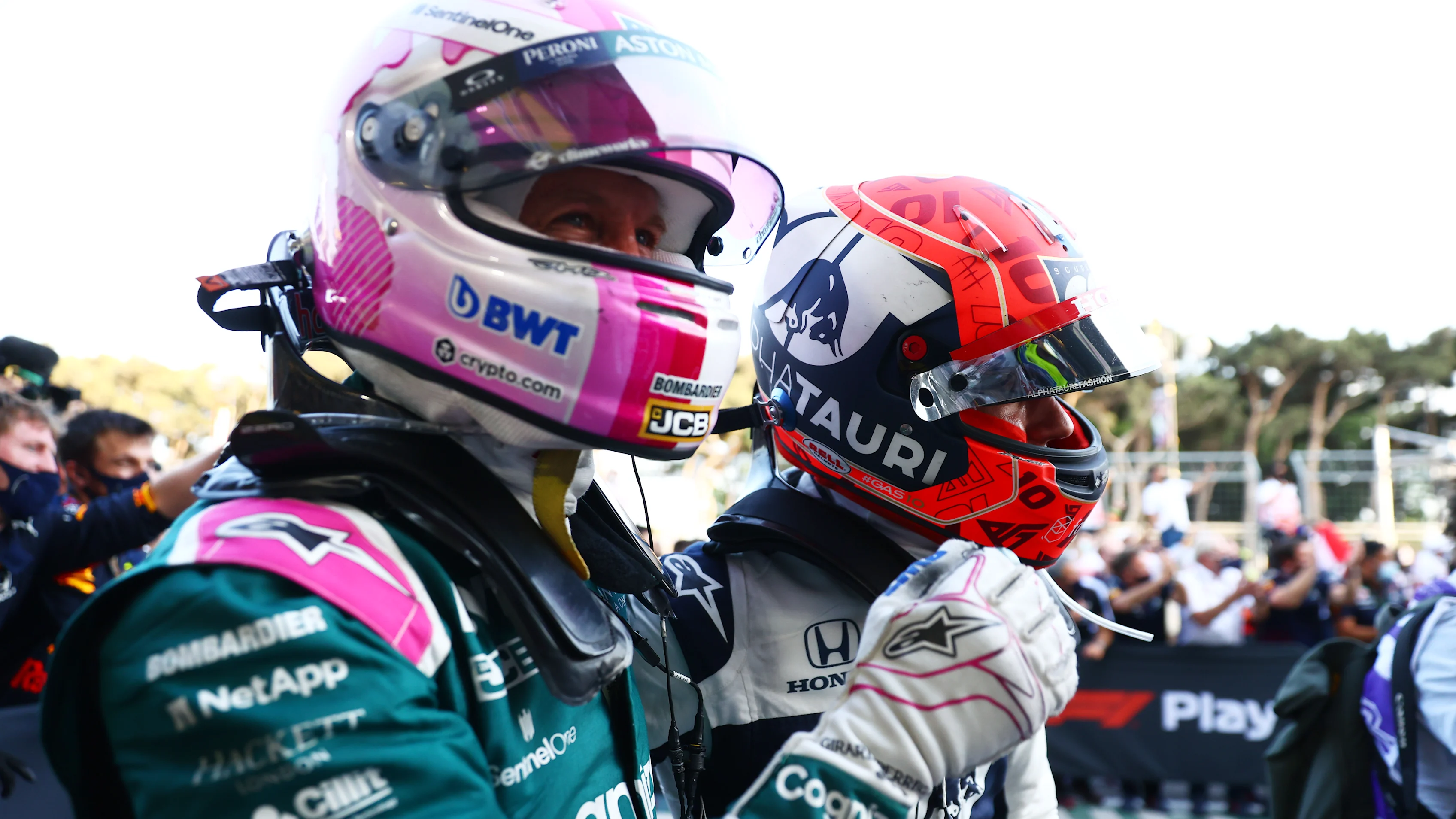
The biggest winner was Fernando Alonso, who jumped from 10th up to sixth at the chequered flag.
Alonso has always been aggressive and opportunistic but clean on the opening laps and for almost a decade in Formula 1 he has typically been making up places at the start, before slipping down or getting his elbows out for the rest of the race as he hasn’t had the car to fight with those around him – particularly in his troubled McLaren days.
In Baku, Alonso made the most of it once again to score his best result for Alpine, after making a couple of places on the start and passing Yuki Tsunoda with an opportunistic pass around the outside of Turn 5.
Having raced alongside Fernando for a couple of years, I’d say he was certainly the driver with the best spacial awareness and tenacity to gain places in the midfield fight at the time. You just knew whenever you were up against him he would never make your life easy, and it was the case again on Sunday at the end, with a two-lap showdown that suited him down to the ground.
Next Up
Related Articles
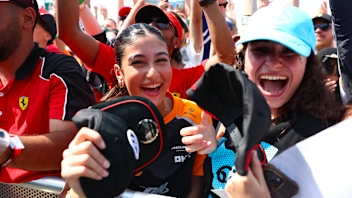 Formula 1’s record-breaking 2025 season in numbers
Formula 1’s record-breaking 2025 season in numbers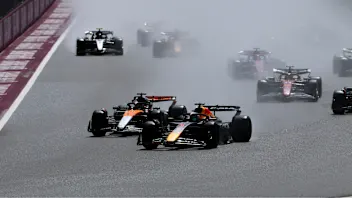 REVEALED: Your favourite race of the 2025 season
REVEALED: Your favourite race of the 2025 season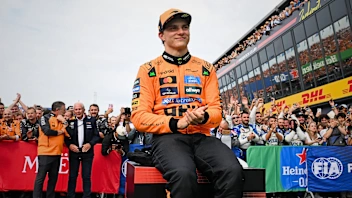 Hinchcliffe'History shows Piastri will be even better in 2026'
Hinchcliffe'History shows Piastri will be even better in 2026'.webp) End Of Year Reports 2025Alpine’s best and worst moments from 2025
End Of Year Reports 2025Alpine’s best and worst moments from 2025.webp) End Of Year Reports 2025Aston Martin’s best and worst moments from 2025
End Of Year Reports 2025Aston Martin’s best and worst moments from 2025 Our writers on the best drivers and stories from 2025
Our writers on the best drivers and stories from 2025